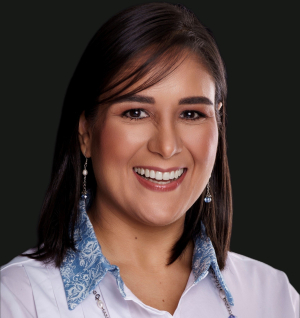In June this year, a state of emergency was declared in the town of Wairoa, along with Hastings and Haumoana, after storms battered the East Coast just a year and a half after Cyclone Gabrielle had left the region largely cut off.
While the flood mainly impacted the township of Wairoa, there were still problems for farmers with the local Affco freezing works running low on water supplies for a time meaning it could not operate at full capacity.
The report, an independent review for the Ministry for the Environment, stated that Wairoa is wholly reliant on one method of risk mitigation for river mouth driven flooding.
However, it adds, there was no operational plan for the ongoing management and maintenance of the Wairoa River mouth.
Also, to widen the bar, weather and sea conditions need to be aligned and it takes five to seven days.
“It is not possible to complete the mechanical digging and grading required at short notice when a flooding risk is imminent,” the report states.
Additionally, management decisions for the river mouth are made by the Hawke’s Bay Regional Council in Napier/Hastings, on the basis of infrequent inspections of the bar and the risks of this remote management were well known prior to the June flooding event.
According to the report, Wairoa’s civic leaders hoped that multiple reviews of the Wairoa River mouth and its impact on flood risk in the past few years would have informed a “proactive and collaborative” management plan between the District Council, iwi, and the Regional Council.
Instead, locals told the report writers they were saddened by an apparent failure to internalise the insights of prior experience and previous reviews.
“As with Gabrielle, they felt unheard and isolated from wider support,” the report states.
The report recommends an operational management plan for the Wairoa River and the river bar, saying it is essential to support regionally coordinated and locally delivered emergency preparedness, risk reduction and response.
Environment Minister Penny Simmonds says she welcomes the review’s findings and recommendations.
“The report clearly states that now is the time to act decisively and with urgency,” Simmonds says.
Emergency Management and Recovery Minister Mark Mitchell says the review also recommends a more proactive approach to potential emergencies.
“The people of Wairoa need to be assured that the strongest of measures, and systems are in place to deal with future weather events,” Mitchell says. “I support the recommendations in the review and expect responsible parties to deliver on them with urgency.”
“This includes developing stronger and more responsive partnerships and communication to ensure Wairoa’s civic leaders have real time information so they can inform and protect their community,” he adds.
Meanwhile, Hawke’s Bay Regional Council chair Hinewai Ormsby says she acknowledges the immense challenges faced by the Wairoa community.
“We’ve witnessed the incredible strength, resilience, and unity of the Wairoa community during and after this unprecedented event and following what occurred during Cyclone Gabrielle,” Ormsby says.
She says the report, with the recommendations of the Hawke’s Bay Independent Flood Review, mean the Council has clear recommendations for action.
“These reports confirm that there is no simple solution,” she says. “There are interim steps that we need to act on immediately to change how we manage the Wairoa river mouth, while the more comprehensive measures will take more time to put in place.”
Dr Nic Peet, chief executive of Hawke’s Bay Regional Council, says the reviews are clear that the June flood was the result of high rainfall, rising river levels, spring tides storm surges and as well as the position of the bar.
“These factors coincided to create a 1-in-250-year event,” he says. “We heard from residents that this type of flooding had not been experienced in living memory, and this is why.”
He maintains that even if the bar had been opened, the flooding might not have been prevented.
However, he says all four reports into the flooding event also indicate there are things Hawke’s Bay Regional Council can improve on.
Peet says steps have already been taken to improve monitoring of the river bar and Council staff have been working with a local contractor to improve the current condition of the river bar.
“Working with a local contractor, we have lowered the existing beach crest and created an overflow trench in the Wairoa Bar, 500m to the east of Pilot Hill. The trench is to allow the river to overflow the bar in a rainfall event and also allows a new opening to be completed more quickly, when conditions allow.”
However, all of the reports state that the mechanical opening of the bar should not be the only measure to manage Wairoa’s flood resilience around the river bar.
“In future, Wairoa cannot depend on bar openings as the only method for preventing flooding in the lower part of the town,” Peet says. “As sea level rises and storms become more intense, further options are needed. We are committed to investigating these together with Wairoa District Council (WDC), Tātau Tātau oTe Wairoa and the Crown.”



















